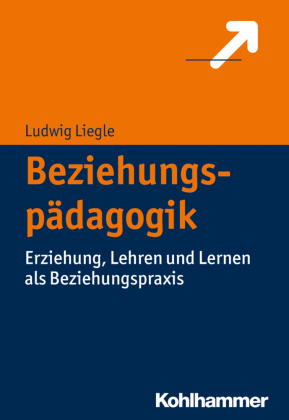Beziehungspädagogik - Erziehung, Lehren und Lernen als Beziehungspraxis
| Verlag | Kohlhammer |
| Auflage | 2017 |
| Seiten | 332 |
| Format | 15,5 x 23,2 x 1,8 cm |
| Gewicht | 494 g |
| ISBN-10 | 3170293826 |
| ISBN-13 | 9783170293823 |
| Bestell-Nr | 17029382A |
Das Konzept der Beziehungspädagogik eröffnet einen ungewohnten Blick auf altbekannte Phänomene. Dazu gehört die elementare Bedeutung der Eltern-Kind-Beziehung für das Aufwachsen und die Lebensläufe der jungen Generation ebenso wie die elementare Bedeutung der Lehrer-Schüler-Beziehungen für die Lerngeschichte und die Schullaufbahn von Kindern und Jugendlichen. Der beziehungspädagogische Blick beobachtet und erkundet Familien und Schulklassen als Bildungs- bzw. Lerngemeinschaften, die durch bestimmte gesellschaftliche Erwartungen und Regelsysteme sowie durch je bestimmte kulturelle Traditionen und Symbolsysteme mit ihrer Umwelt verflochten sind. Erkennbar wird, wie deren Mitglieder sich in ihren Rollen wechselseitig verständigen und in den Prozessen des Lehrens und Lernens zusammenwirken. Der beziehungspädagogische Blick sieht in allen beteiligten Personen Akteure, die von allen anderen Akteuren lernen können. Damit werden gemeinsame/geteilte Erfahrungsräume eröffnet, in deren sozia len Praxen das Handlungsvermögen aller Beteiligten in Bewegung gehalten wird. Der neue Blick auf altbekannte Phänomene eröffnet dabei weite Horizonte für pädagogisches Denken und Handeln.

